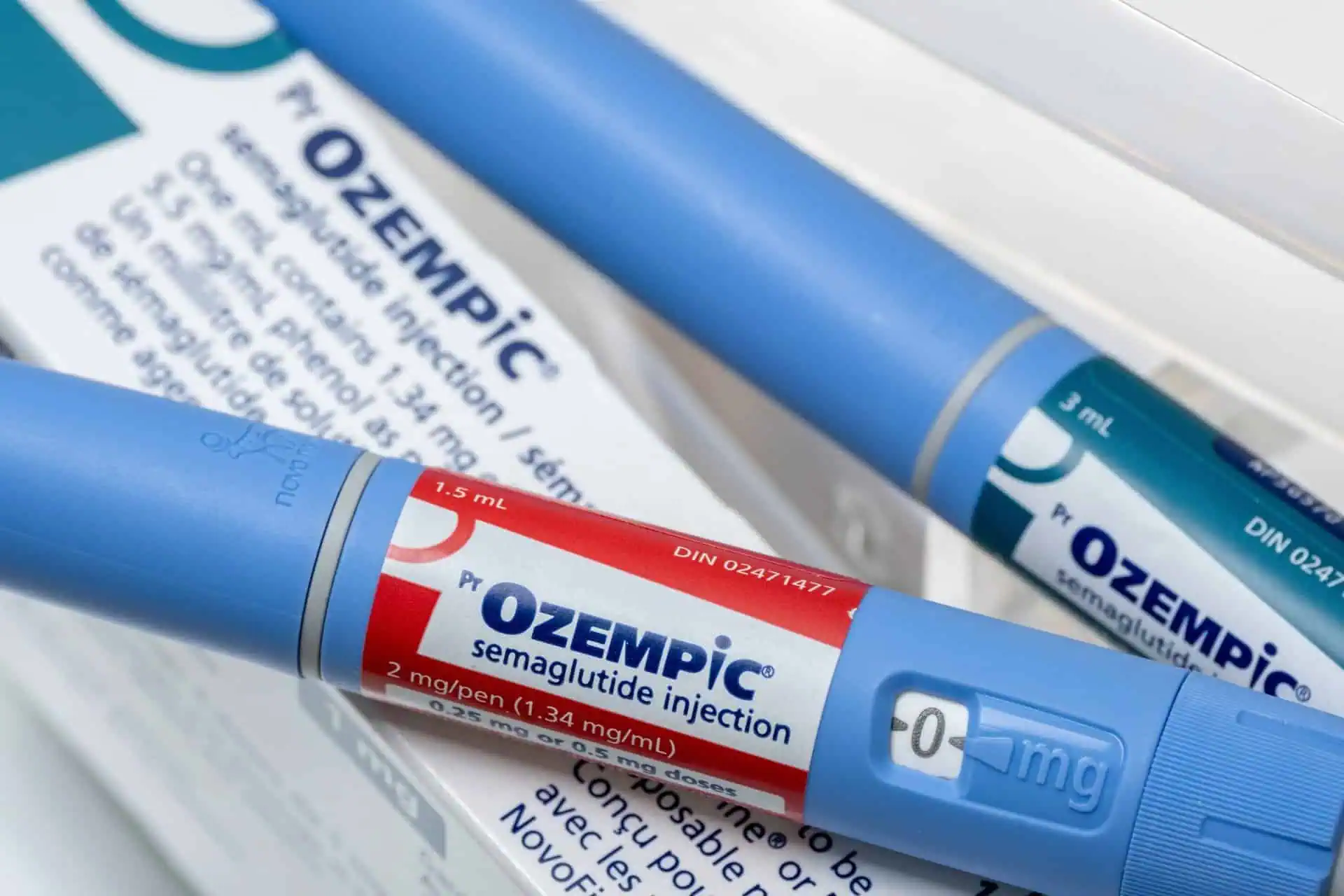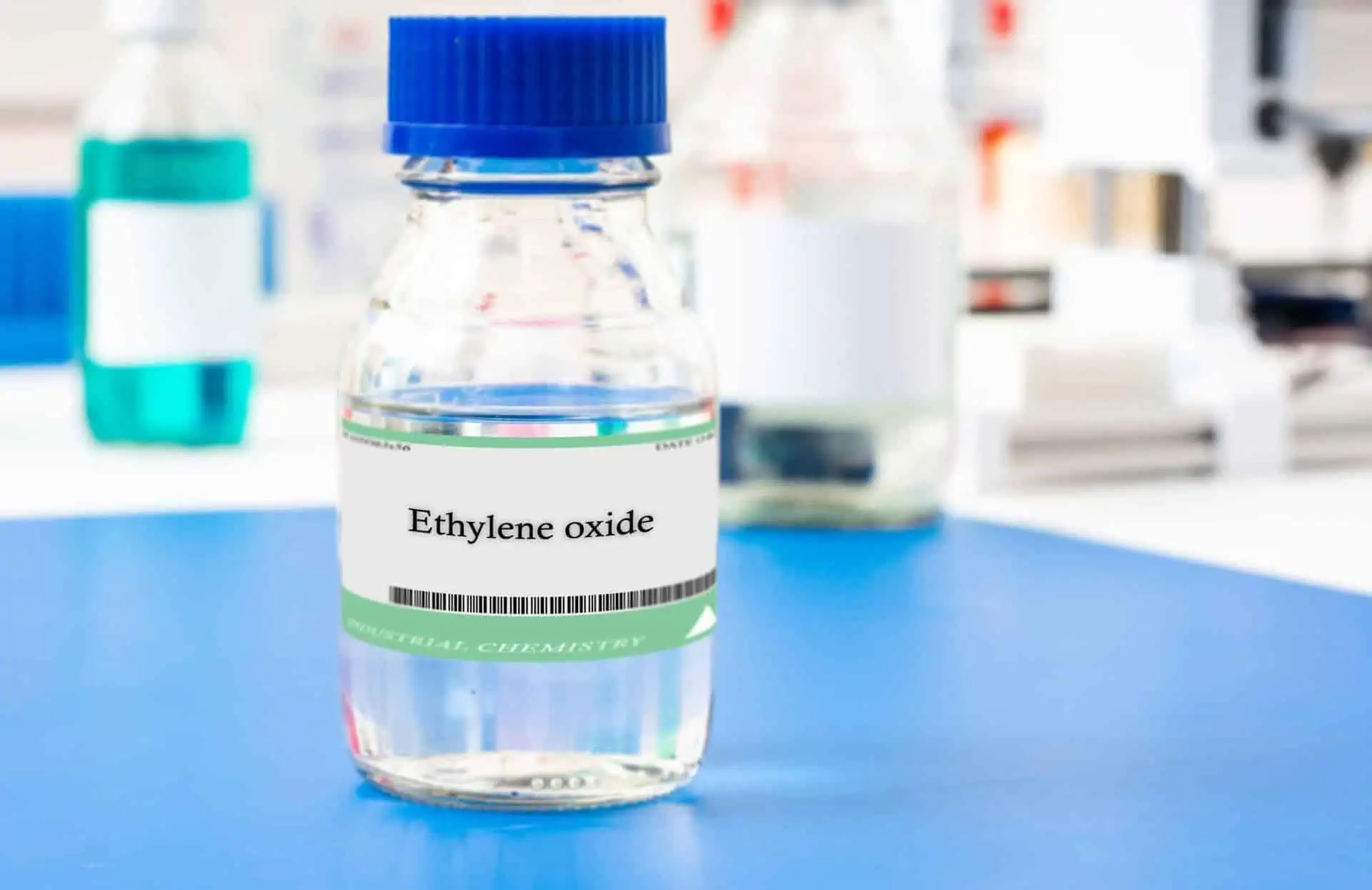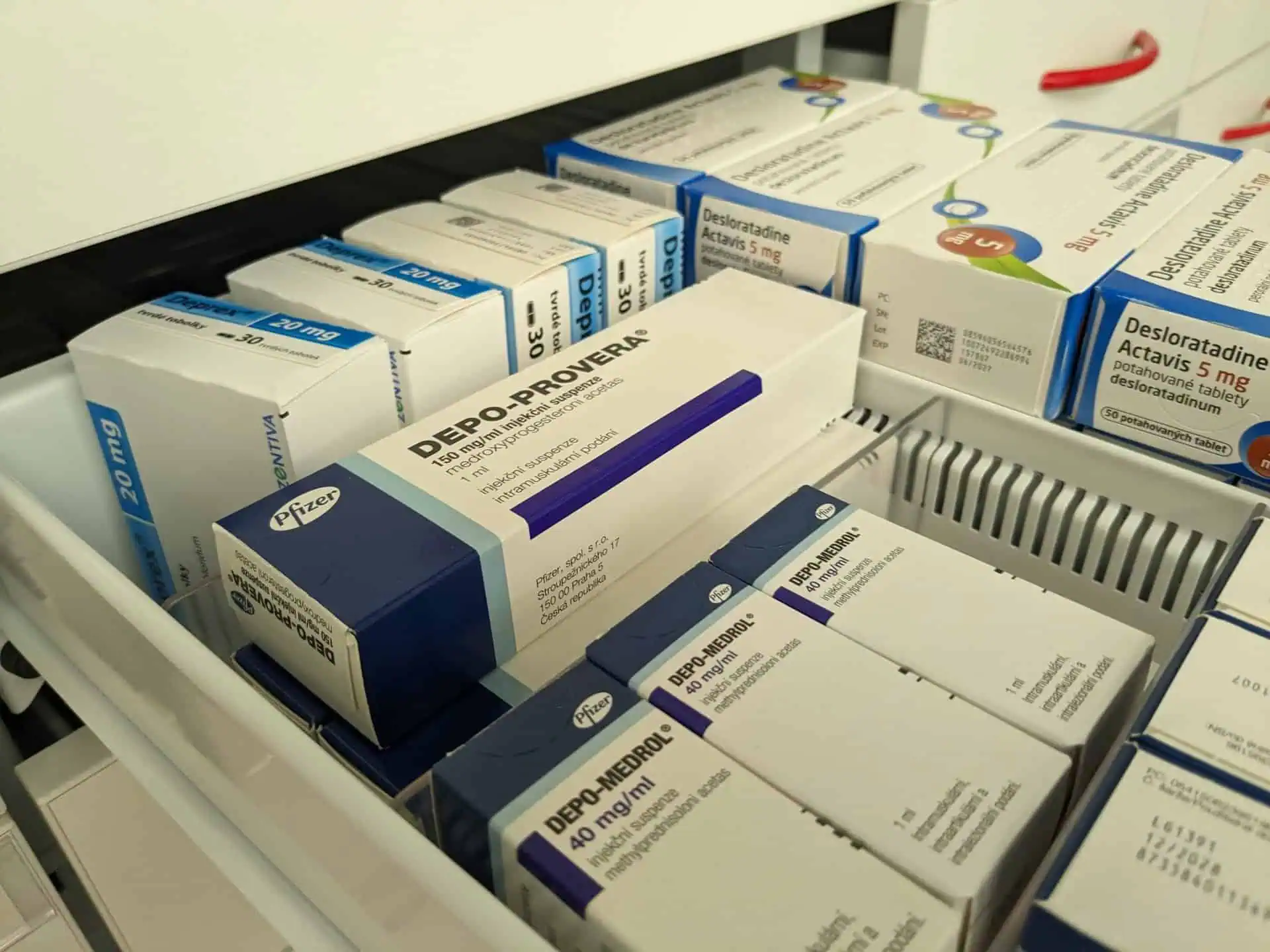Aortic Aneurysm
An aortic aneurysm is a lump in the aorta which is the body’s main artery.
The aorta carries oxygen-rich blood out from the heart to the other areas of the body.
The bulging section with the aneurysm is overstretched and weak which can lead it to burst.
A burst in the aorta can cause serious bleeding which may quickly lead to death.
Aortic Dissection
Aortic dissection is a tear in the inner layer of the aorta.
The aorta is the main blood vessel branching off of the heart which carries oxygen-rich blood throughout the body.
When dissection occurs, blood surges through the tear causing the inner layers of the aorta to break apart (dissect).
If this rupture penetrates the outer wall of the aorta, the outcome of aortic dissection is often fatal.
A Constellation of Disorders
Symptoms affecting the tendons, muscles, joints, nerves and/or central nervous system.
See the complete list on our Fluoroquinolone Lawsuit Qualification Form.
Peripheral Neuropathy
Peripheral neuropathy is the outcome of damage to peripheral nerves.
Side effects are often weakness, pain, and numbness usually in your hands and feet but may also affect other areas.
Many people diagnosed with peripheral neuropathy will describe the pain as stabbing, tingling, or burning.
Peripheral neuropathy can result from toxins and is currently being linked to fluoroquinolone antibiotics.
Cardiac Valvulopathy
Cardiac Valvulopathy is a condition in which the heart valve becomes inflamed and stiff.
A heart valve must remain closed during a period in the blood flow cycle.
When the blood is not retained adequately in the valve during this cycle, the blood can be returned to the previous chamber in the heart.
This “valvulopathy” causes damage in the heart which for many now being linked to the use of fluoroquinolone antibiotics.










